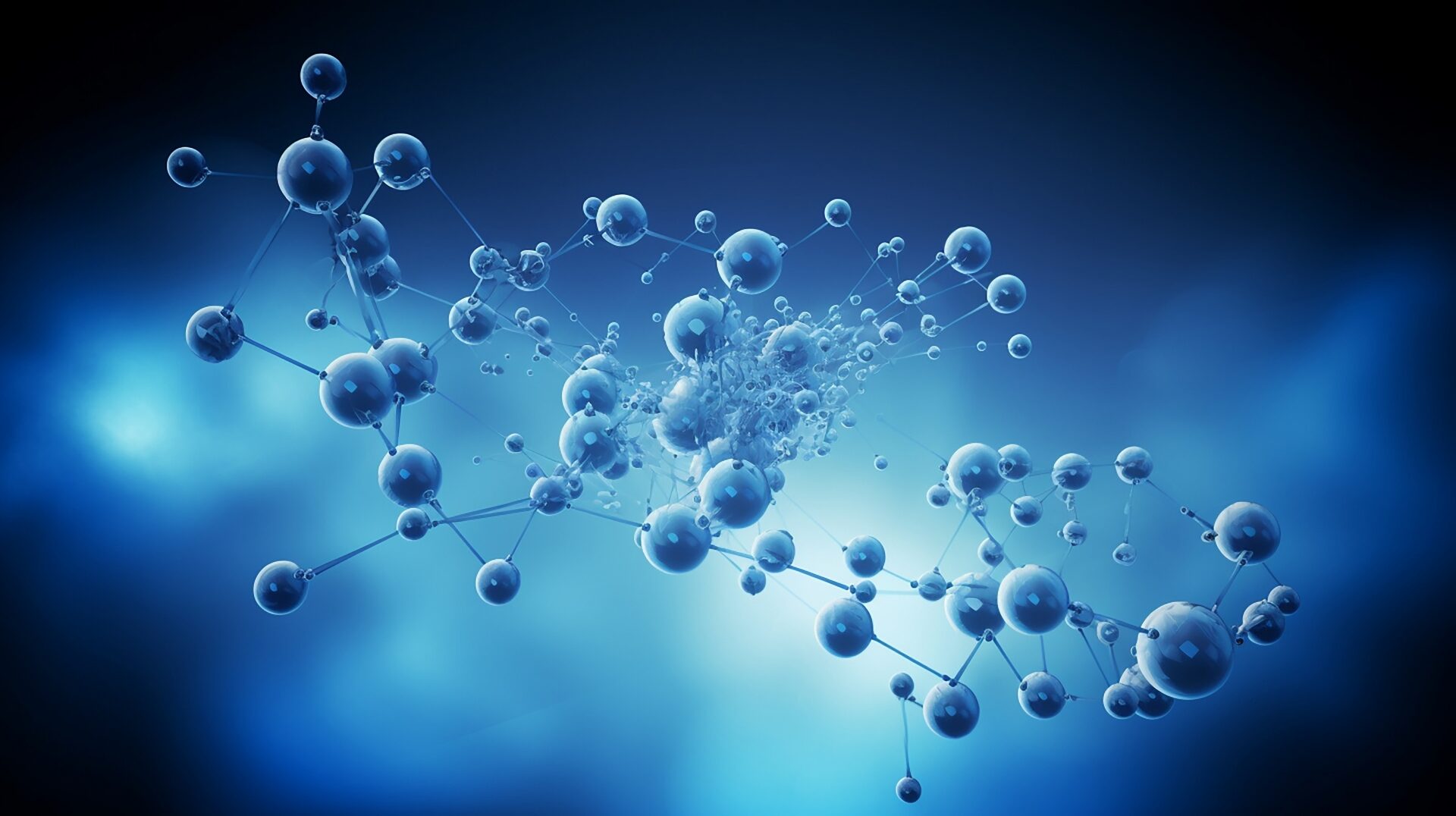What is the Division of Fluid Particle Processing?
The Division of Fluid Particle Processing is one of the divisions of the Society of Chemical Engineers of Japan (SCEJ). SCEJ members belong to a division that exchange ideas and research and development results on subjects of common interests. We provide opportunities to receive information, actively participate in discussions, publish academic papers, and contribute to the advancement of knowledge and technology.
We are one of the largest divisions of the SCEJ. You can get to know many active researchers and engineers. We host many symposiums, seminars, international conferences, book publications, programs to support men/women/young researches & engineer. In addition, we actively evaluate the achievements of members and awards four awards: Symposium Awards consist of Encouragement and Lecture Awards, Technology Award, Frontier Award, and Video Imaging Award.
From the fundamental structure of chemical engineering, we have both the basic areas derived from seeds and the areas oriented toward needs and applications. The fundamental fields are fluid particle research fields that understand phenomena based on some basic principles. The applied fields correspond to environment and energy fields that solve interdisciplinary and interdisciplinary problems.
The dynamism of chemical engineering manages and fabricates both kinds of realms. Chemical engineers need to better structure their activities towards both fundamentals and applications so that those can contribute to the needs of academic and technical research. Because both studies are sometimes fundamental and sometimes highly interdisciplinary. In particular, fluid particle processing is used in a significant number of chemical engineering applications, ranging from material processing, pharmaceutical design, gas-liquid and fluid-solid manipulation, bioprocessing, food processing, agricultural engineering, chemical reactor development, and chemical process design. It includes environmental regulation, waste management, energy engineering, mining and smelting, and even civil engineering issues.
We have the five subdivisions on “Mixing”, “Fluidization”, “Bubble, Drop, and Particle Dispersion Engineering”, “Powder Process Engineering” and “Heat and Mass Transfer and Fluid Engineering.” Heat and Mass Transfer and Fluid Engineering subdivision which deals with common issues among other subdivisions. Fluids and particles have many relationships each other. For example, any fluid can be treated as a sum of individual element-like particles with specific interactions between them, and any group of particles behaves like a fluid under certain conditions. Furthermore, in many cases the behavior of particles is greatly influenced by the surrounding fluid, and the behavior of the fluid is also greatly influenced by the presence of particles. The concept of “fluid particles” is also relevant in many other fields, such as meteorology, soil science, and social science. In fact, his simulation of particles is very close to traffic and crowd simulations. Thus there is much need to learn more about both fluids and particles.
Organization
Subdivision of Heat and Mass Transfer, and Fluid Engineering
The subdivision provides a forum for communication and networking among engineers and scientists who share an interest in research and technological development related to various transport phenomena in the chemical process industry. Our mission is to contribute to the advancement of science. From the viewpoint of fluid dynamics, we will elucidate complex phenomena in chemical plant equipment, such as fluid mixing, heat and mass transfer, chemical reactions, and their interrelated phenomena, from the viewpoint of engineering using experimental and numerical methods.
The Division of Heat and Mass Transfer and Fluidics is the core of the Fluid Particle Processing Division. Most of our members belong to other subdivisions and study a wide variety of subjects and applications. The diversity makes the Heat and Mass Transfer and Fluid Engineering subdivision more accessible in terms of scientific and technical discussions.
Subdivision of Mixing
Recently, new mixing systems have been developed and mixing technology is diversifying over various fields for instance chemicals, foods, pharmaceuticals, cosmetics. In addition, evaluation and design of mixing equipment from new view points by means of highly developed methods of measurements and analyses including methods of numerical simulations.
Mixing Subdivision from makers and users of mixing equipment and academic researchers are continuing to discuss various kinds of issues described above in order to innovate in the precisely developed mixing technology.
Subdivision of Bubble, Drop, and Fine Particle Dispersion Engineering
In various engineering fields, we often encounter a wide variety of processes and apparatuses where dispersed bubbles, drops and particles suspended in fluids play a key role. We tackles engineering problems related to the dynamics of dispersed bubbles, drops and fine particles. Our specific goals are as follows:
To establish rational designing and operating technologies for industrial equipment and processes consisting of a wide variety of dispersed and continuous phases.
To explore fundamental mechanism of multiphase fluid flows including heat and mass transfer intrinsic to chemical equipment and processes.
The understanding of the dynamic motion of dispersed bubbles, drops and particles is key to accomplish these aims. Also, state-of-the-art multi-scale, hierarchical approaches are required for understanding myriad multiphase flow. Implementation can be studied either through novel experimental techniques or novel computational fluid dynamics (CFD) algorithms. We provide a valuable forum for scientists and researchers in the field of various dispersion engineering to exchange information, discuss research topics, ascertain challenging problems and offer new ideas for future studies and developments..
Subdivision of Fluidization Engineering
Our aim is to promote academic and technological improvements and professional communication related to fluidization such as Symposium on Fluidization and Particles Processing, and Fluidization and Particle Processing Technology Course.
Subdivision of Powder Process Engineering
Behaviors of particulate materials and its bulk materials, powder, in a chemical process are complex. We share the common interest aimed at creation of high quality, high functionally and high value-added particulate materials, innovation of unit operations for powder processing, invention of powder processes and environmental preservation. Our activity offers a place where we can exchange information, results and ideas to create, innovate and invent them based on microscopic and/or macroscopic analysis of phenomenon.


